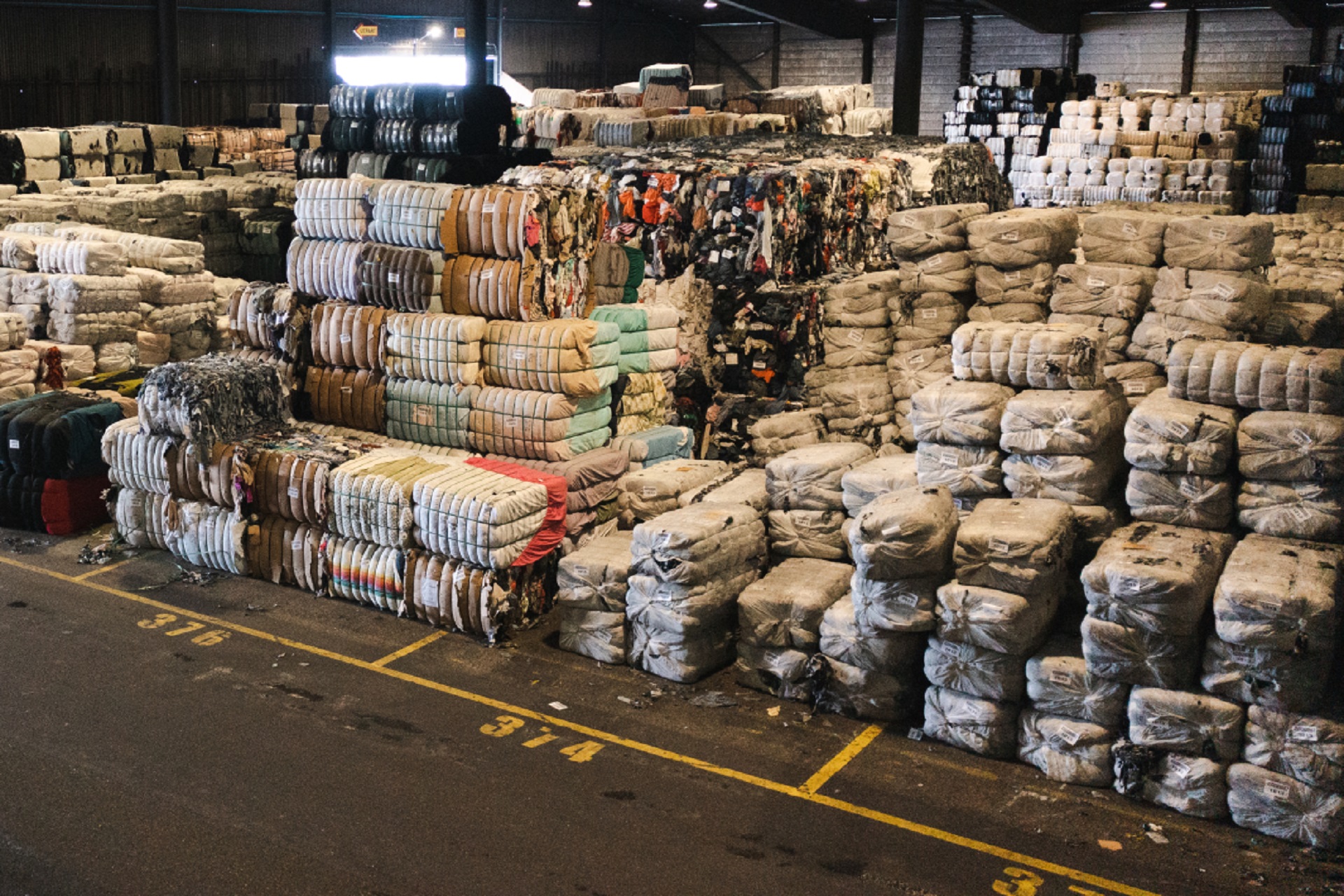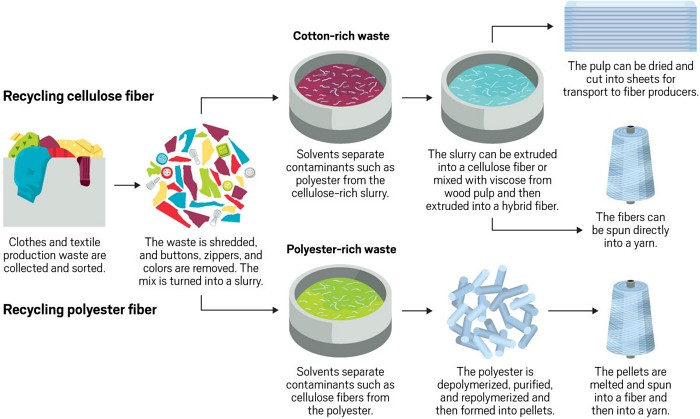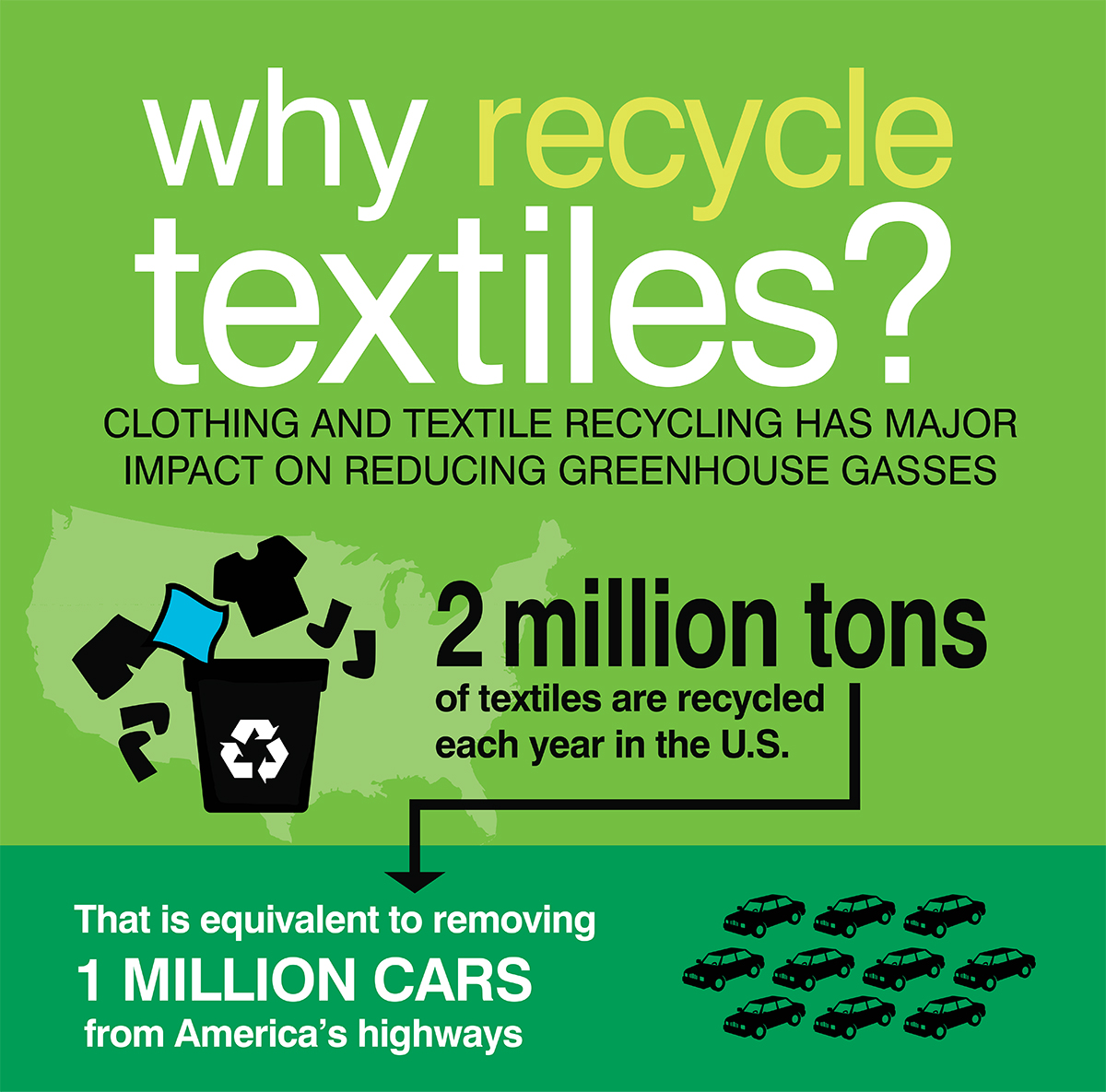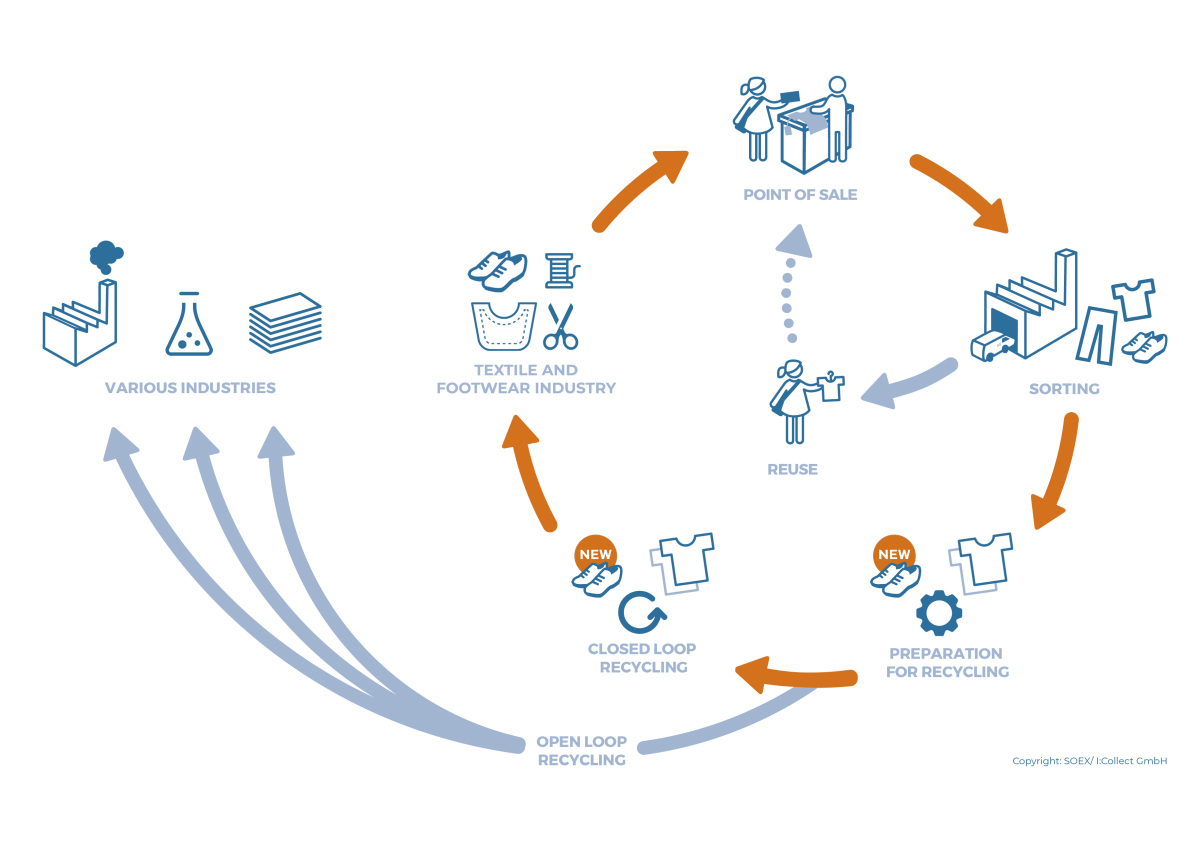Introduction
Textile recycling is an increasingly vital component of sustainable waste management, designed to reduce the environmental impact of the ever-growing textile industry. With millions of tons of textiles discarded each year, the need for effective recycling practices cannot be overstated. This article explores the fundamentals of textile recycling, current trends, challenges, and opportunities in the field.

Textile Recycling Overview.
Source: The Textile Think Tank
What is Textile Recycling?
Textile recycling refers to the process of recovering fiber, yarn, or fabric and reprocessing these materials into new products. This process not only helps to divert waste from landfills but also provides a sustainable supply of materials for the manufacturing of new garments and products.
Current Trends in Textile Recycling
Recent studies show that the demand for textile recycling is increasing due to growing awareness of environmental issues and sustainability among consumers. Circular economy models are gaining traction, promoting the concept of closed-loop recycling where materials are reused continuously. Companies are adopting advanced recycling technologies, which enable a wide variety of fabrics to be processed into new items.

Cover Graphic on Transforming Textiles.
Source: C&EN – American Chemical Society
Challenges in Textile Recycling
Despite the promising trends, there are significant challenges that hinder widespread implementation of textile recycling.
- Complex Materials: Modern textiles are often made from blended fibers, making them difficult to recycle. Traditional recycling methods may not be equipped to separate these materials effectively.
- Lack of Infrastructure: Many regions lack the necessary infrastructure to collect, process, and recycle textiles. This gap leads to a large percentage of waste not being recycled.
- Consumer Awareness: Although interest is growing, many consumers remain unaware of how to recycle their textiles or the importance of doing so.

Infographic on Textile Recycling.
Source: New Haven Solid Waste & Recycling Authority
Innovations in Recycling Technologies
Technological advancements are paving the way for new recycling methods that can efficiently handle complex textiles. Chemical recycling is emerging as a promising solution, breaking down materials into their basic fibers, allowing for higher quality raw materials to be produced for textiles. Companies like SuperCircle are leading the charge in this innovation, aiming to make textile-to-textile recycling more efficient and effective.
Community Initiatives and Responsibilities
Community engagement plays a critical role in the success of textile recycling initiatives. Programs encouraging local recycling can greatly enhance collection rates. Education and outreach can instruct consumers on how to recycle properly and the benefits associated with it.

Schematic of Textile Recycling Process.
Source: recovery Magazine
Future Outlook
As public awareness of sustainability grows, the textile recycling market is expected to expand significantly. Industry partnerships, government support, and a focus on innovation will be essential for building a sustainable and effective textile recycling system. The ultimate goal is to create a circular economy where textiles are kept in use for as long as possible, reducing the environmental impact and conserving resources.

Circular Economy in Textile Recycling.
Source: Loop Textiles
Conclusion
Textile recycling is not just a necessity but an opportunity to reshape the fashion industry into a more sustainable one. Through innovation, community involvement, and raising awareness, we can turn the tide against textile waste and contribute to a healthier planet.